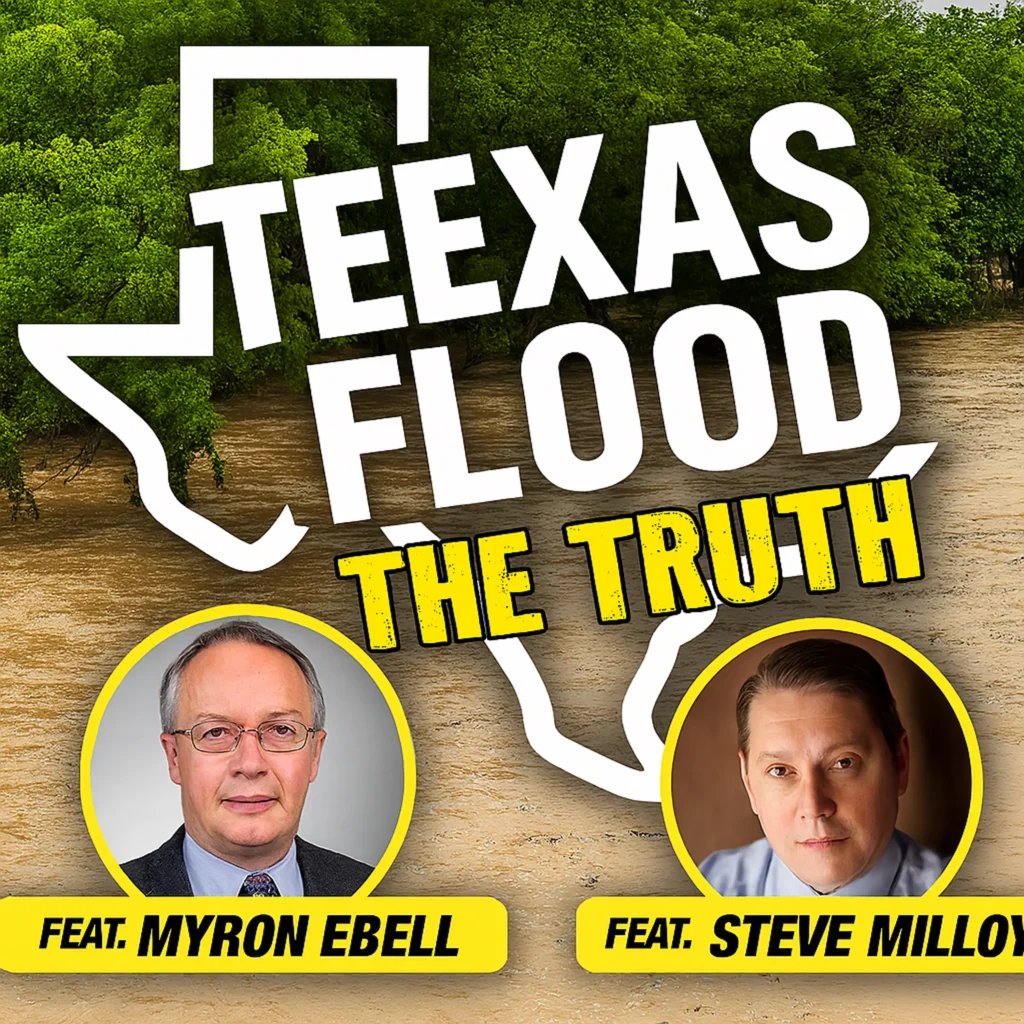In Lemon v. Kurtzman (1971), the U.S. Supreme Court developed a three-pronged test to determine whether a statute passes muster under the Establishment Clause of the First Amendment to the U.S. Constitution. As this so-called Lemon test was applied to various cases, it was refined into its current two-pronged form following Agostini v. Felton (1997):
Purpose: The statute must have a secular legislative purpose.
Effect: The principal effect of the statute must be one that neither advances nor inhibits religion; government aid advances religion when it:
- results in governmental indoctrination;
- defines recipients by reference to religion; or
- creates an excessive entanglement.
In handing down their ruling in the Cleveland voucher case, Simmons-Harris v. Zelman, Sixth Circuit Appeal Court Judges Eric Clay and Eugene Siler Jr. review the refinement of the Lemon test, but then claim a 1973 case, Committee for Public Education v. Nyquist, to be “the most persuasive, in that it is on point with the matter at hand.” In Nyquist, the Supreme Court struck down a program that sent tax dollars directly to only private, predominantly religious schools.
Despite clear statutory language to the contrary, Clay and Siler boldly assert as fact that the Cleveland voucher program applies only to children who attend private schools. While admitting the program does not restrict participation to religious or sectarian schools, they argue the program is not neutral since the low value of the voucher discourages participation by non-sectarian private schools whose costs are higher than those of religious schools.
Further, the justices find the program’s “alleged choice” of public and private schools is illusory for two reasons: First, no suburban public school chose to participate in the program; and second, the choice offered by a voucher “does not extend to schools outside of the program.” They conclude that the Ohio scholarship program is unconstitutional because it is “designed in a manner calculated to attract religious institutions and chooses the beneficiaries of aid by non-neutral criteria.”
In a lengthy dissent, Justice James Ryan took his colleagues on the Appeals panel to task for not conducting any independent constitutional analysis of the program and for “the factually unsupported antireligious-schools arguments in the opinion.” Their claim that the Cleveland program paralleled Nyquist was “mistaken,” he wrote, not only as a matter of fact–since the two statutes are totally different–but as a matter of law, since Establishment Clause jurisprudence has changed during the past 27 years.
Ryan explained that the New York statute in Nyquist and the Ohio voucher program have different declared purposes and different manners of application:
- The New York statute’s purpose was to provide financial help to financially troubled private schools, while the purpose of the Ohio statute is to provide financial help to poverty-level students in public schools.
- The New York program involved direct financial grants to private schools, while the Ohio program involves scholarship checks to parents.
- The New York statute permitted government aid to schools that discriminated against children on the basis of religion, while the Ohio program explicitly forbids such discrimination.
“A case construing a statute so manifestly different than the one before us could hardly, as a factual matter, be a binding precedent on this court,” wrote Ryan. According to his review of the case, the only issue to be determined is whether the effect of Ohio’s voucher program is to advance religion, either because it results in governmental indoctrination or because it defines its recipients by reference to religion.
Ryan concluded the program does neither and thus does not offend the Establishment Clause.
For more information . . .
The decision of the Sixth Circuit Court of Appeals in the Cleveland voucher case, Simmons-Harris v. Zelman, is available at http://pacer.ca6.uscourts.gov/main.htm.
Or use PolicyBot, The Heartland Institute’s free online research service, to request the documents in Adobe Acrobat’s PDF format. Point your browser to http://www.heartland.org and click on PolicyBot. Search for the document numbers above.



